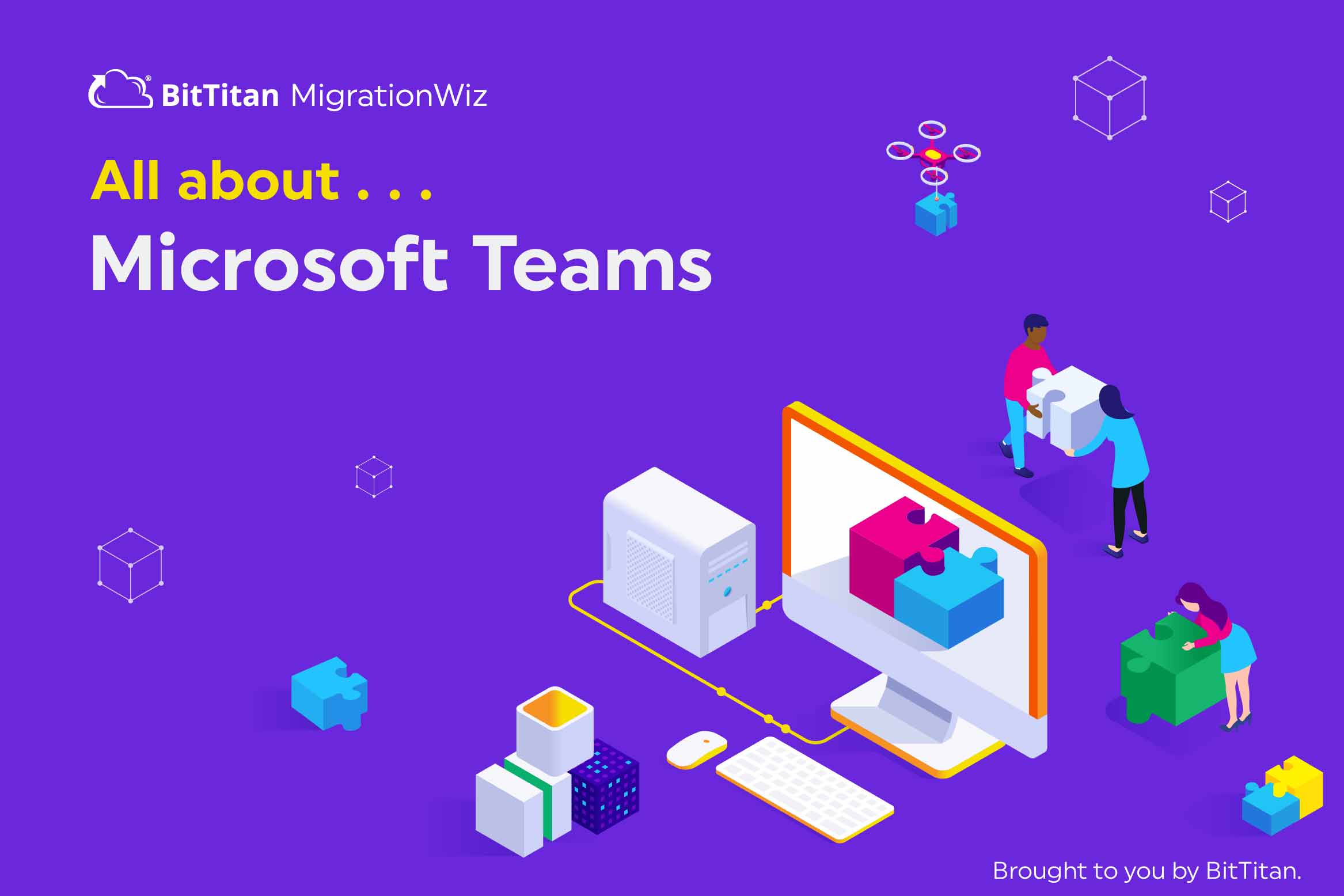Microsoft Teams Migration: Preparation & Best Practices
Planning a Microsoft Teams migration? Migrating a Microsoft Teams instance to a new tenant provides a timely opportunity to do some clean up, get a fresh re-start and make Teams better-organized and easier to use for everyone.
This article is written for those migrating a current instance of Microsoft Teams to another instance — termed a tenant-to-tenant migration.
If you’re making the transition from Skype to Microsoft Teams, take a look at Skype to Microsoft Teams Transition: Getting Ready. If you’re still weighing the decision to use Teams, read Why Use Microsoft Teams? If you’re doing a first-time roll-out, read Microsoft Teams Adoption Tips.
Careful pre-planning is the key to every migration. Here are some of the questions to ask:
Are there little-used or dormant elements that don’t need to be migrated — or shouldn’t be?
Sprawl is a common problem in older Microsoft Teams deployments due to creation of duplicate or redundant teams and channels by well-meaning users. You can delete them, store them somewhere else, or make them read-only.
How much of the data in Microsoft Teams do you really need to bring into the new tenant?
Migration is great opportunity to clean house and get a fresh start. Some of the data can undoubtedly be archived. Some won’t be needed at all.
Is the pre-existing Microsoft Teams structure really what you want in the new tenant?
Take a fresh look at the way your teams and channels are structured, and whether the conversations actually fit within the structure. There may be opportunities to establish more-appropriate names, add new tabs, or delete tabs that aren’t appropriate for a given channel.
How well was IT’s governance strategy working, and how can it be improved?
If sprawl is a problem, consider whether free-flowing Microsoft Teams management is what you need, or whether you should limit the number of Teams owners with administrative rights. If your organization needs stricter control on how Teams are created, named and classified, or a tighter rein on guest access, now’s a great time to make those changes. Also, take a fresh look at any compliance concerns and how your Microsoft Teams configuration and policies support requirements in the areas of retention, Data Loss Protection (DLP), eDiscovery and legal hold for channels, chats, files, and audit log search.
Are you using newer Teams features to best advantage?
Private Channels are a relatively new addition to Microsoft Teams. They’re for discussing sensitive information such as budgets, resourcing, or competitive intelligence, or simply if a group of team members wants a dedicated collaboration space for a specific project without having to create a new team. Also, are there new apps available that your organization can take advantage of? Consider whether these new features should be added as part of the migration.
Microsoft Teams Migration Best Practices
Some of the steps outlined above are best performed pre-migration, others post-migration. To ensure the migration itself goes smoothly and completely, follow the best practices below. For more information, read Microsoft Teams Migration Tips: Pointers for Success.
- If you’re using an automated migration tool, make sure the source and destination are configured the same.
- Create dedicated administrator accounts on both the source and destination specifically to handle the migration, making sure they can run unattended.
- If users store documents within Microsoft Teams, allow plenty of extra time to handle the extra data; consider doing a test-run on an average-sized Team to gauge the time required.
- Take advantage of the tool supplier’s complimentary support; Microsoft Teams migrations are complex and can cause throttling or other issues so don’t hesitate to ask for pre-planning help.
For an even more in-depth exploration, read the Teams Migration Handbook.
If your IT department could use an experienced hand to help with the migration, a managed service provider (MSP) can bring Microsoft Teams-specific migration knowledge to bear. If you’re an MSP, this resource is for you: Microsoft Teams Migration for MSPs.
Brought to you by BitTitan®. Helping IT service providers, and in-house IT teams migrate to the cloud for over a decade.


